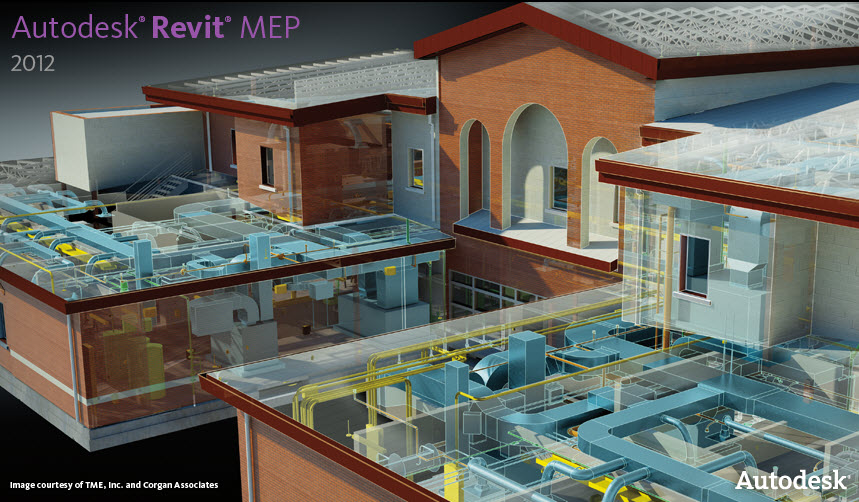In Revit MEP, it might be easier to work using Element Borrowing Mode rather than using Worksets. Worksets create an environment where users retain ownership of entire worksets, and permission must be granted for other users to make changes to elements in that workset. For example, if a user owns the MEP Equipment workset, and a user needs to relocate a piece of equipment, or even just change the Mark of the equipment, the user must first request permission in Revit, notify the owner that they are requesting permission, and the owner must grant permission. But by using ‘Element Borrowing Mode’, elements are borrowed ‘on the fly’, and provides a much more fluid workflow.
There is no setting to use Element Borrowing Mode, it is just a matter ensuring that the appropriate worksets have no owner. With no owner, the elements in the workset are borrowed automatically as needed. Clicking Save to Central automatically relinquishes ownership of the borrowed element(s) so that another user may make modifications as necessary.
In Revit MEP, users should be aware that even though they are not directly modifying an element, they may end up borrowing elements unwittingly. As users work in the model, they may be inadvertently borrowing more and more elements, and preventing others from doing the same. This is because Revit MEP not only uses elements, but uses elements that make up systems. Systems can contain multiple elements. Whenever a change is made to an element that is part of a system, the system information must be pushed upstream to keep everything synchronized. So a user modifies the flow at a diffuser, the flow information is pushed through the duct system as far as it is connected. When this happens, that user not only borrows that diffuser, but also becomes borrower of all the other components upstream of that component. If another user were to attempt to modify the flow of any of the other terminals at the same time, that user would receive an Error message, alerting that the owner of those elements needs to save to central. This can also happen when multiple VAV boxes are connected upstream to a common air handler. If a user were to modify the flow on a diffuser in one area of the building, the flow from the ductwork all the way back to, and including the AHU would be borrowed, which would prevent any other users from making changes to any elements, even though the user may be working on a completely different portion of the building.
One solution to this is to ‘break’ the ductwork of two systems before an AHU and create 2 separate systems and thereby separating the data that users will be updating to a full system. Now you have two systems that don't push information to each other which allows two users to work on them at the same time without having to borrow elements. Use this option to create this gap to control how far information will update.
Strategically segregating the data in the model can help ensure that multiple users can work side-by-side. When all updates have been made, the ducts may be easily stretched back together to complete the system.


